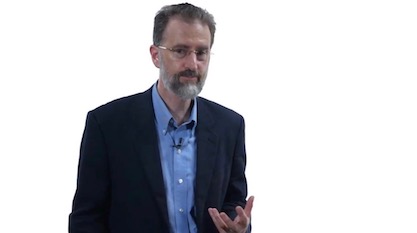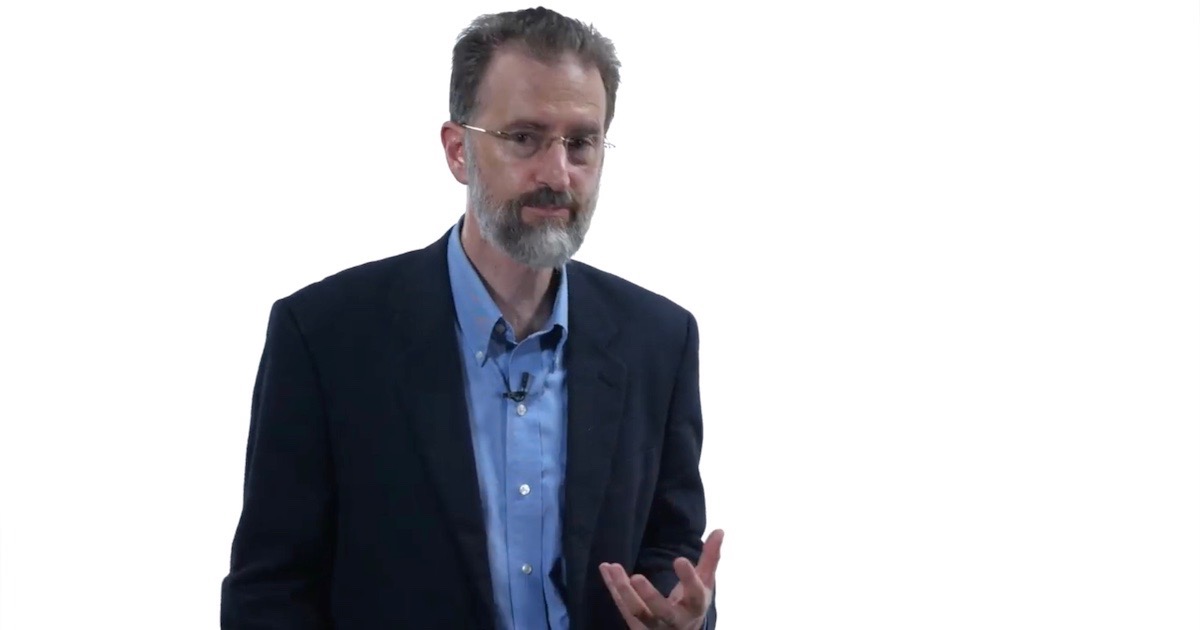 Faith & Science
Faith & Science
Counterprogramming for Cosmos 3.0: Two New Videos from Science Historian Mike Keas


Unless it’s put on lockdown, too, the third season of Cosmos (“Possible Worlds”) will release its third and fourth episodes tonight on National Geographic and Fox, at 8 pm and 9 pm respectively. Luckily we have some very timely counterprogramming, in the form of videos by Discovery Institute science historian Mike Keas.
See the review here from Evolution News of the new Cosmos 3.0 series so far, noting that “Maybe the producers are content to settle for low viewership on its release, reasoning that it will go straight into the public schools anyway.” Yes, I bet even now some teacher out there, with classes at home and learning remotely, has come up with the bright idea of watching Cosmos as an assignment for his students. This has probably occurred to more than one teacher.
Two Notable Priorities
The series, as hosted originally by Carl Sagan and now by Neil deGrasse Tyson, has two notable priorities. One is to instruct viewers about the incompatibility of science and religious faith. The other is to promote what Tyson calls the “Cosmic Perspective” — which is “spiritual, even redemptive; but not religious,” and emphasizes the unremarkable place of Earth and mankind in the cosmos.
Professor Keas, author of Unbelievable: 7 Myths About the History and Future of Science and Religion, takes on that perspective in these two excellent 15-minute videos. He explains, “There is a false idea circulating out there that science grows only when guided by godless thinking.” On the contrary, modern science from its inception was a project guided by religious thinking, the idea that Nature and the Bible form two “books,” both revealing God’s thoughts though written in different languages (mathematics, or Hebrew and Greek, respectively). Cosmos takes aim at the Christian religion in particular, but this reflects a historical amnesia on the part of its producers. As Dr. Keas demonstrates, Christianity contributed “ideas, methods, and institutions” without which science and scientists would have been significantly handicapped.
While mythmakers like Neil Tyson labor to persuade students and adults alike that religion and science are at war, in fact the opposite is true. Keas puts it this way: “We can comprehend a set of natural laws, imposed by God, that unify the heavens and the earth. We can understand this because we are made in His image, and we can know the world.”
The truth is that watching Cosmos really is helpful for the curious mind, so long as it’s balanced by a better-informed view like the one offered here by Mike Keas. Please share with your friends and family (while practicing proper social-distancing, of course).
